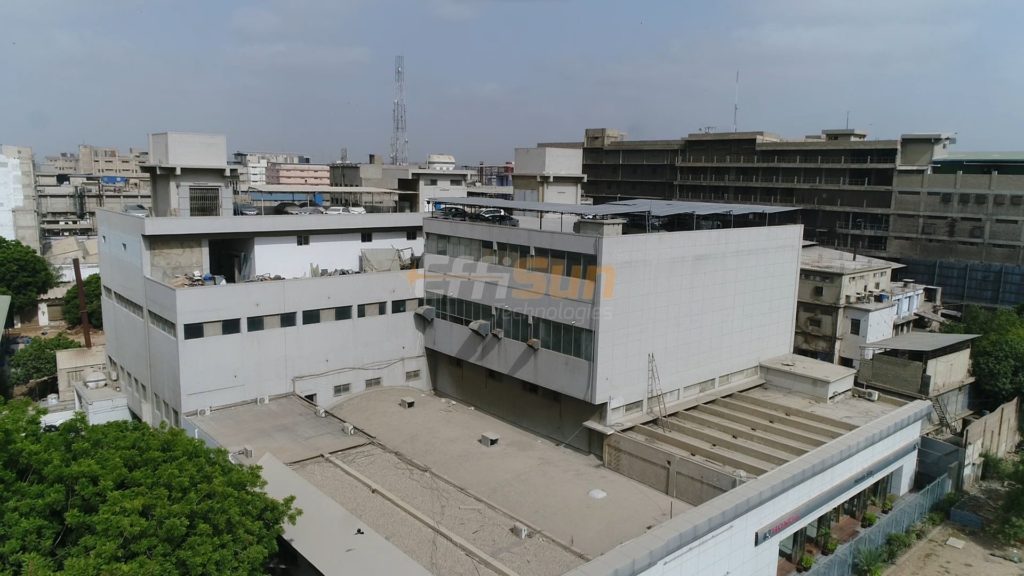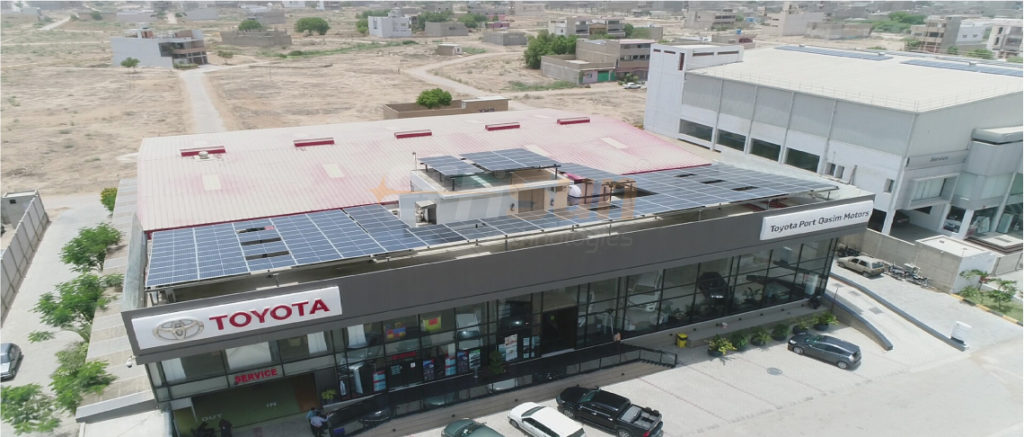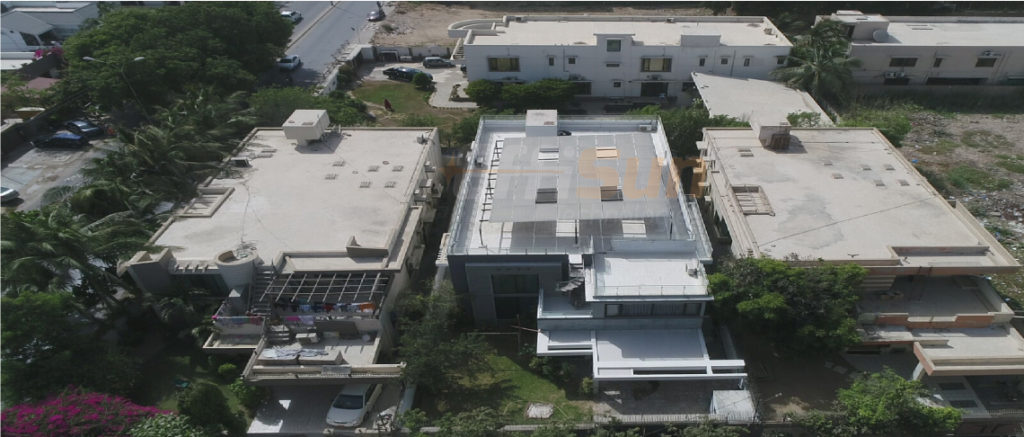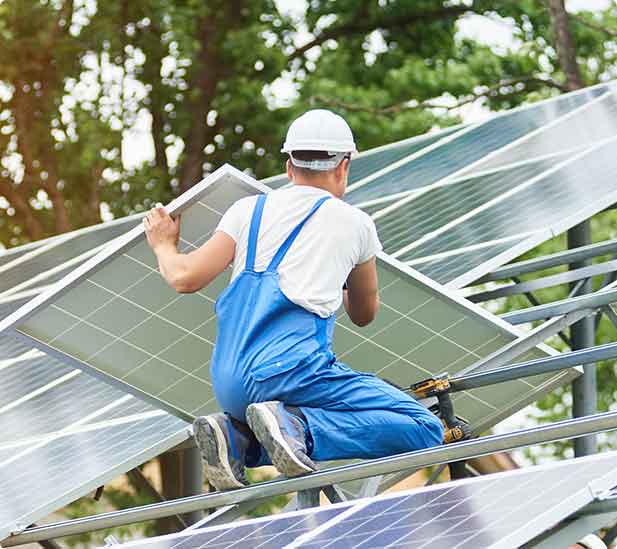Green energy is rapidly gaining popularity, and solar is one of the most environmentally friendly choices for homeowners. A solar panel is a set of electrically linked solar cells that turn sunlight into electricity and are enclosed in a frame. Solar energy also has some drawbacks due to the location of your home and environmental conditions but switching to solar energy has many benefits, including the ability to save money while protecting the atmosphere.
Save time, money and create a sustainable future by going solar today!
Go Solar Today and Live a More Sustainable Lifestyle
With our world in the midst of a global environmental crisis, now is the time for everyone to think about how they can live a more sustainable lifestyle.
Go solar and save yourself from paying heavy amounts in your electricity bills.
Adopting clean energy options for your home is one of the most effective ways to go green. This will not only benefit the world, but it will also save you money on electricity.
Are you considering putting solar panels on your house? Here’s everything you need to know about solar panels for your house, including how to choose and install them.
The Photovoltaic Effect
Solar panels use the photovoltaic effect to generate electricity, and they do so using silicon in the same way as computers do. As silicon is stripped down, it is suitable for electron transfer, which is the backbone of solar panels.
Silicon atoms only have four electrons when they’re not charged, but they can have up to eight when they’re charged.
When solar plates are combined with elements contained in sunlight, they combine via conductive wires to allow current to flow between panels.
These panels would not charge if photons (found in sunlight) were not present. When it comes into contact with sunlight, the silicon atom bears nine electrons, but it only has space for eight.
The negative electron is ‘dropped’ by the particle and circulates until it is picked up by a positive electrode, causing charge to be produced in the panel.
The atom can survive for a long time without being destroyed, which is why this source of energy is so long-lasting.
People also assume that in order to use solar panels, they must live in a very warm and sunny climate. This isn’t always the case.
Even though it is undeniable that places like California, South Europe, and Africa will benefit the most from solar panels, a tropical environment is not needed to install solar panels.
Turning Sunlight into Electricity
Solar panels turn sunlight into electricity, which is how they function. It has nothing to do with the temperature, so you don’t have to live in the hottest part of the world to reap the benefits of self-generation.
Solar panels can be used even when there is less sun, such as in the winter. Although the amount of daylight and therefore your energy output will be decreased, there is no reason why you won’t be able to meet your basic electricity needs.
The weather isn’t a factor, and solar panels will work even when it’s snowing. All you have to do now is make sure the panel isn’t covered in snow, which will make it more difficult to capture light and turn it into electricity.
The concept of harnessing solar energy is not new.
Leonardo da Vinci, in the 15th century, was the first to predict that it would become a possibility. The first solar cell was invented in the nineteenth century, but it had a solar efficiency of just 1%.
Solar power is both free and renewable.
After the initial costs of the solar panels are covered, you would not have to pay a penny for the energy they generate. Furthermore, since solar energy is fully green and clean, it can help you reduce your carbon footprint.
Solar energy consumers save 75 million barrels of oil and 35 million tons of carbon dioxide per year. Furthermore, the sun provides a tremendous amount of power: in just one hour, the Earth absorbs more energy than it consumes in an entire year (approximately 120 terawatts).
What materials are they made of?
Solar panels include solar cells, also known as photovoltaic cells, which transform sunlight into electricity and are made of semiconductors (such as silicon). As light strikes the cells, electrons are released from their atoms and pass through the cell, causing electricity to be produced.
Solar cells in domestic installations can now convert about 20% of the sunlight they receive into electricity, whereas commercial systems can achieve up to 40% of so-called solar energy. However, as technology advances, solar performance is expected to rise in tandem with price reductions.
The initial investment
Solar panel installation costs should not be underestimated because, despite their high cost, the payback period is relatively short due to the savings on energy bills and government subsidies. Solar-paneled homes sell quicker and for a higher price than those without.
Because of economies of scale and lower material costs, advances in technology and an increase in the number of installations are expected to lower prices. In fact, since the advent of solar panels, prices have been steadily declining.
Go solar today and generate your own energy!
Maintenance is important.
Solar panels need almost no maintenance once they are installed. All you have to do now is make sure they’re clean and not obstructed by anything. Since rain helps remove dirt, a tilted roof may need less cleaning. Solar panels, on the other hand, have a very long lifetime. They come with a regular warranty of 25 years, but they can last up to 40 years.
Possible Issues
You should think about the shape and inclination of the roof, as well as the position of the building, before installing solar panels. The roof should be facing south at a 30-degree angle, roughly, to achieve the best annual results. There are not stringent guidelines, since solar panels can be installed in a variety of locations as long as there are no shadows between 10 a.m. and 4 p.m. For two reasons, keep the panels away from bushes and trees: they may shade the installations, and the branches and leaves may scratch the surface, reducing their efficiency.
Excessive exposure to wind and rain will reduce performance over time, so wind protection should be considered when deciding where to put your machine. Solar panels, on the other hand, come with 25-year warranties that guarantee that the production will not fall below 80% during that time period. Furthermore, solar panels do not perform well in hotter climates. This is because solar cells capture light rather than heat, and high temperatures reduce their effectiveness.
The technology is versatile.
Solar panels can be mounted on any structure, lane, bridge, or even spacecraft and satellites. Solar energy is finding its way into every area of life: solar blinds for your windows and small devices like phone chargers already have lightweight, compact panels.
Furthermore, next-generation automobiles and warships are converting to solar power. Solar farms are increasingly being built in large, empty spaces. The largest is in California’s Mojave Desert, and it produces 90 percent of the world’s commercially generated solar energy.
The Bottom Line
There are several advantages and disadvantages to building your own solar panels, and you should weigh all of them before making a decision.
Solar panels are expensive to buy and build, but they can save you a lot of money on your energy bills.
Solar panels are an energy-efficient home power solution that can help you save money on your electricity bill while also lowering your carbon footprint.
Installing them is relatively easy, and while the initial cost of installation may be high, the long-term costs of these panels are surprisingly low.
Go solar today, reduce your electricity bills drastically and save up for a lifetime!





